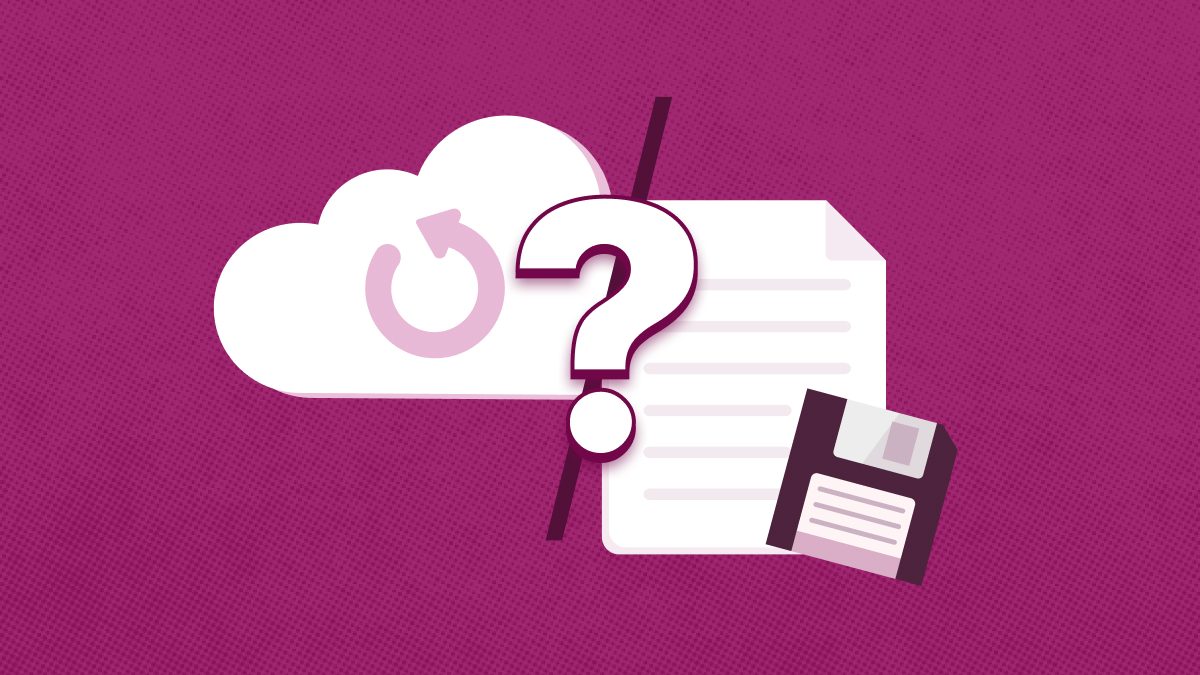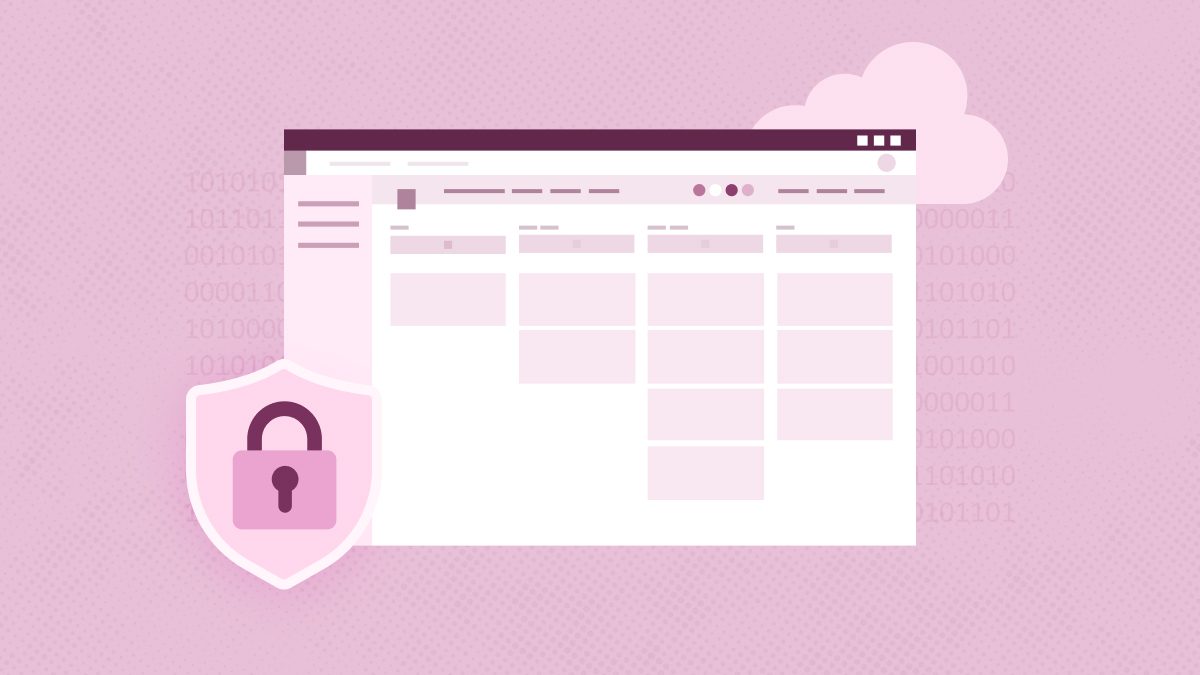Glossary about Risk Assessment
Risk Assessment
Risk Assessment
When leading a business, you are bound to run risks that can threaten the company’s foundation. However, the good news is various tools can help you eliminate risks. Of course, you must be diligent when using such tools.
A key thing that can help you improve business security is a risk assessment. Are you wondering what that is? If so, you no longer have to. Below we have detailed everything about it.
Risk Assessment: A Concise Definition
Risk assessment includes the process in which you identify risk factors and hazards that can affect your company’s business conducting ability. It also involves analyzing to understand the type of threat that the danger poses.
Besides that, risk assessment also considers the ways you can use to eliminate the threats. Not only that, but it enables you to control risk if you cannot remove it entirely. An assessment allows you to identify, analyze, and eliminate different risks.
The main aim of a risk assessment is to ensure that the business runs into minimum trouble. It can also help you improve company efficiency.
The Five Steps Of Risk Assessment
Are you wondering how to conduct a risk assessment for your small or large business? If so, you longer have to. Typically, the process involves you following five steps. Here is what you need to know about them:
- Identify Hazards
The first step of an assessment is always to identify the potential risks that your business can face. You should also note that these factors must be affecting your operations negatively if they were to happen. For example, a typical hazard your company may face is a power failure.
Besides that, natural disasters such as floods and tornadoes also come under the hazard category. Cyberattacks are another risk every business can face in today’s digital era.
- Analyze What The Risk Is Harming
The top thing to note is that analyzing a risk means understanding the threat’s impact. For example, floods can affect your IT infrastructure and data storage. Meanwhile, power failure can disrupt workers’ tasks on a single floor or building.
- Evaluation And Control Measures
The third step involves evaluating the risk entirely. For instance, how the hazard will affect the assets. You should also understand for how long the threat will impact your business. For instance, power outages can last from a few minutes to days. Lastly, you should consider the control measures to minimize or eliminate the risk.
- Record Everything
Now that you have conducted identification, analysis, and evaluation, you must write them down. You should create a document and detail everything you discovered from steps one to three.
- Review And Update
The key thing to understand is that risks and hazards keep evolving in a company. This is why you should conduct assessments regularly to ensure your business is not caught off-guard. You should also update the records document so everyone can adopt the control measures.
Final Words
This is everything you need to know about a risk assessment. The procedure can help you prevent your business from suffering unnecessary losses.




